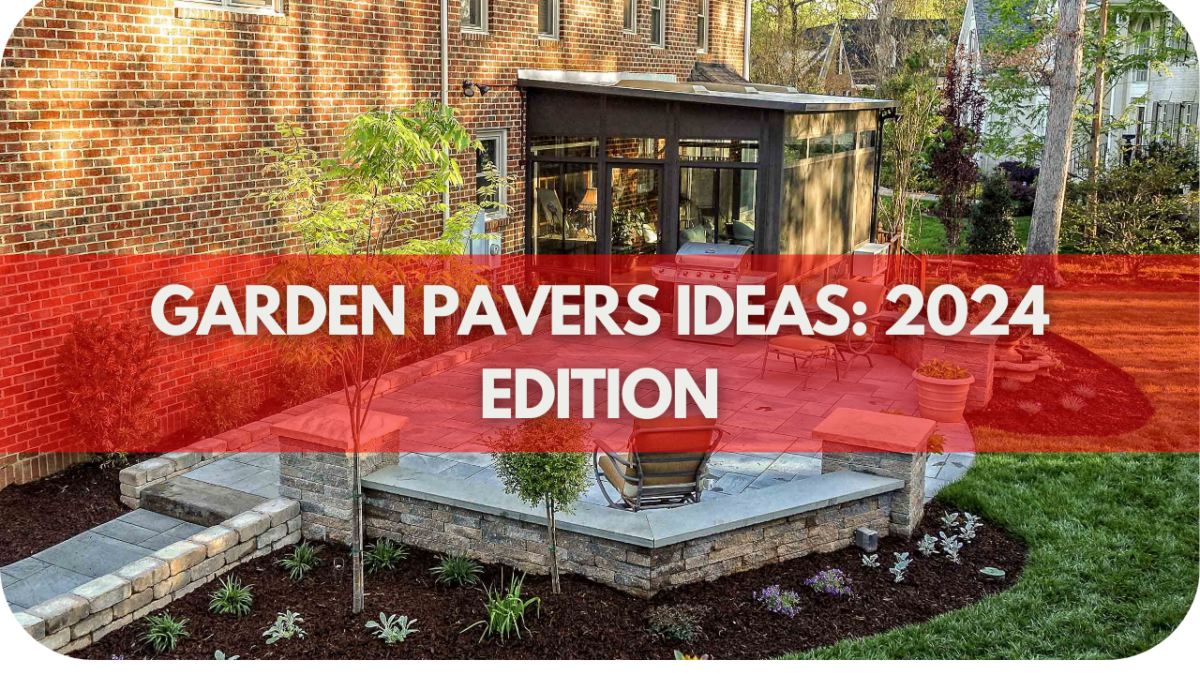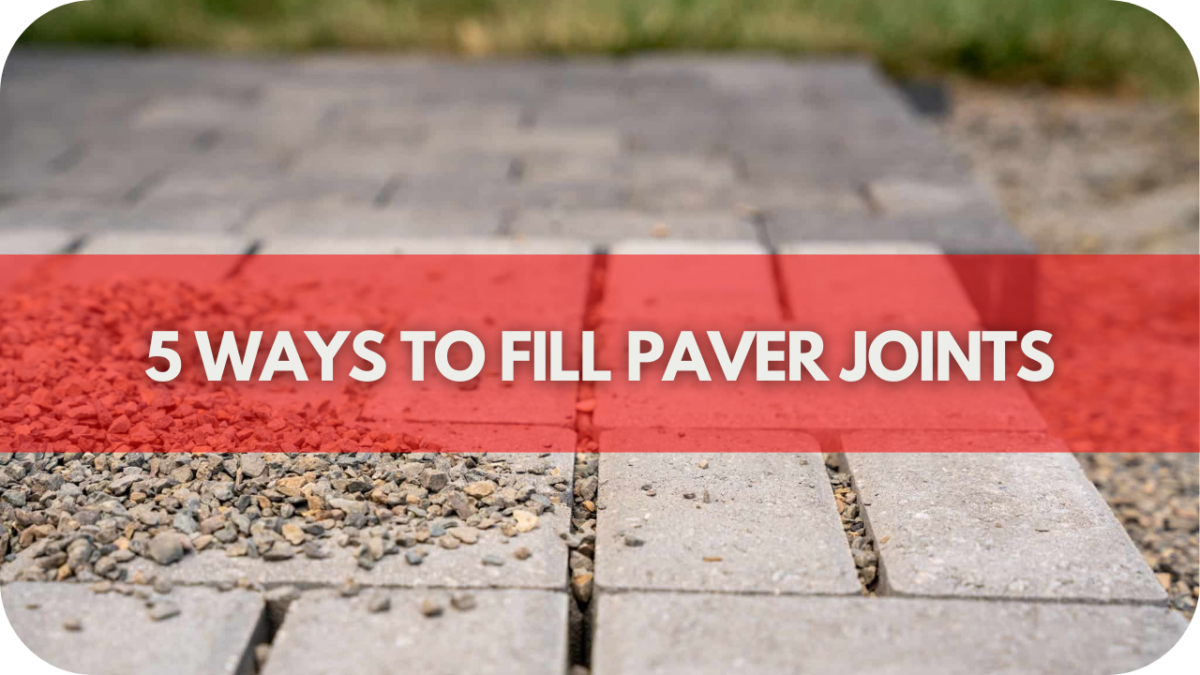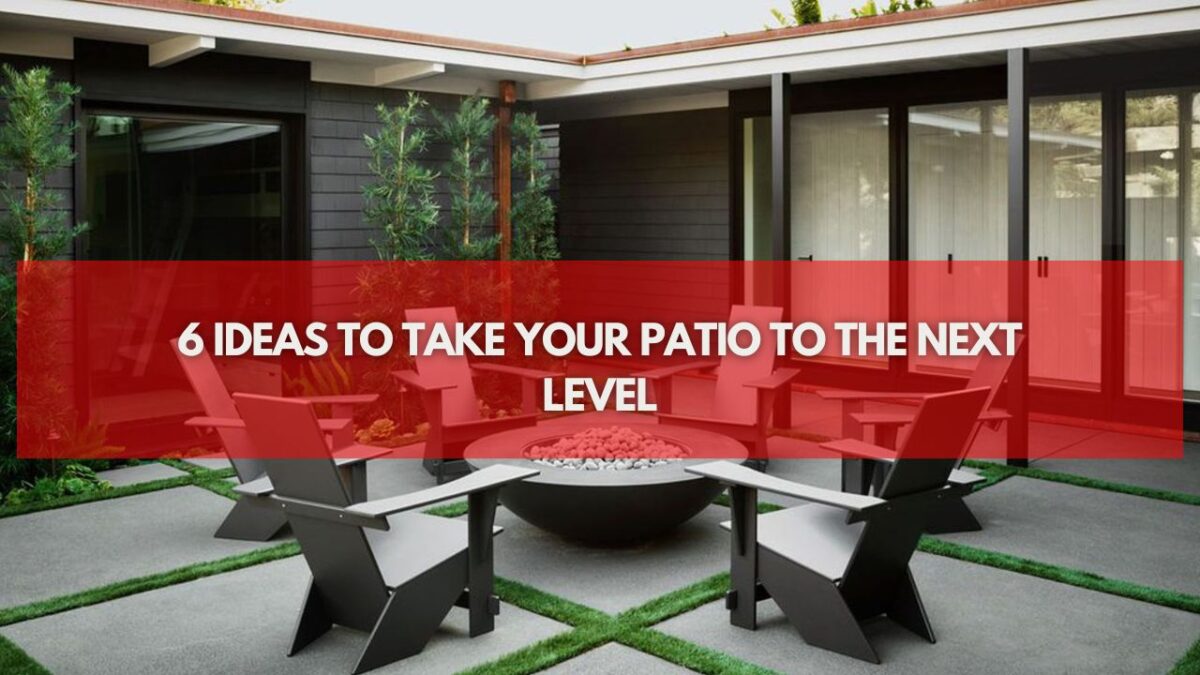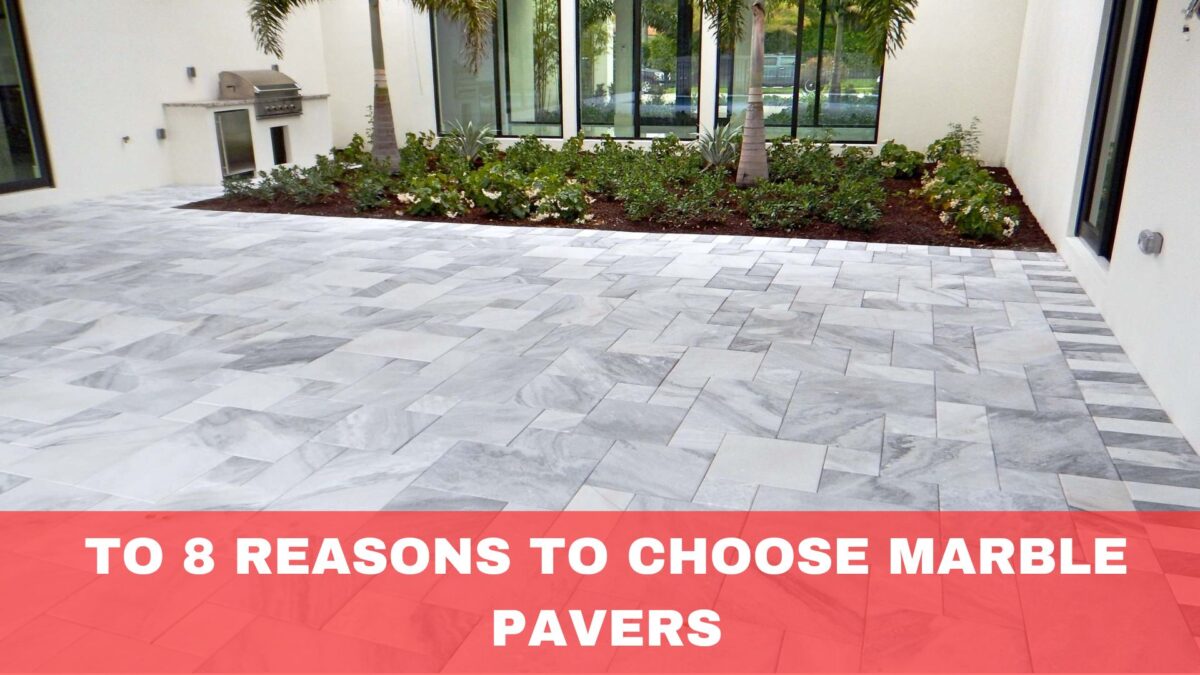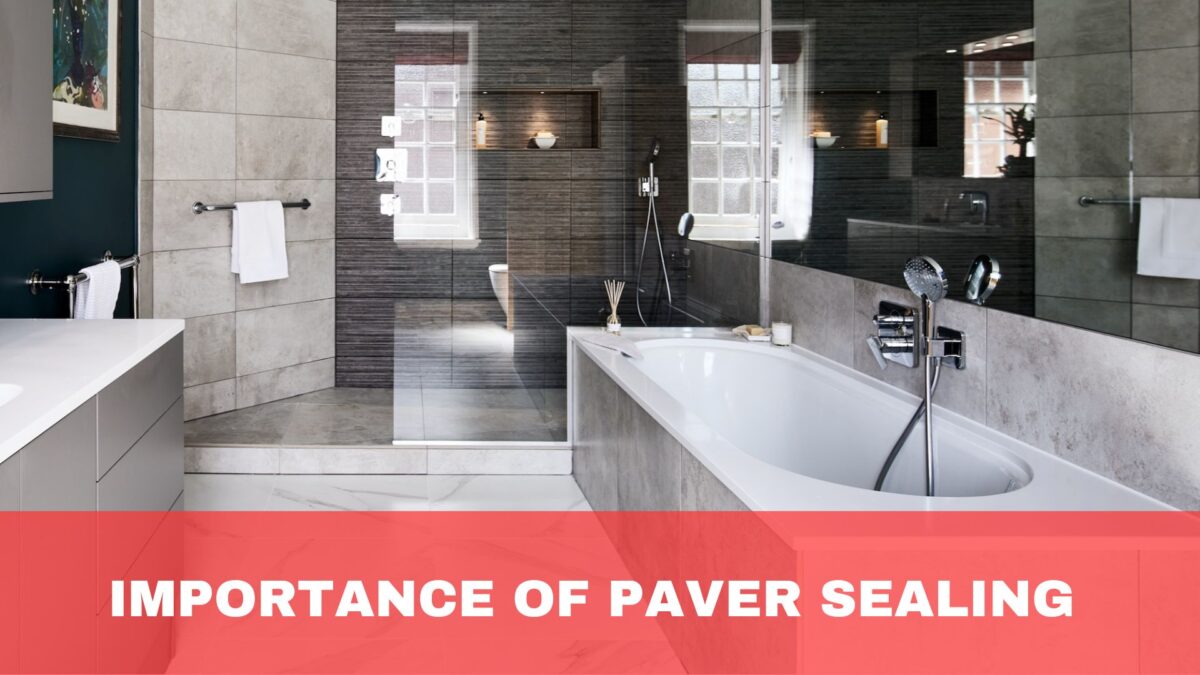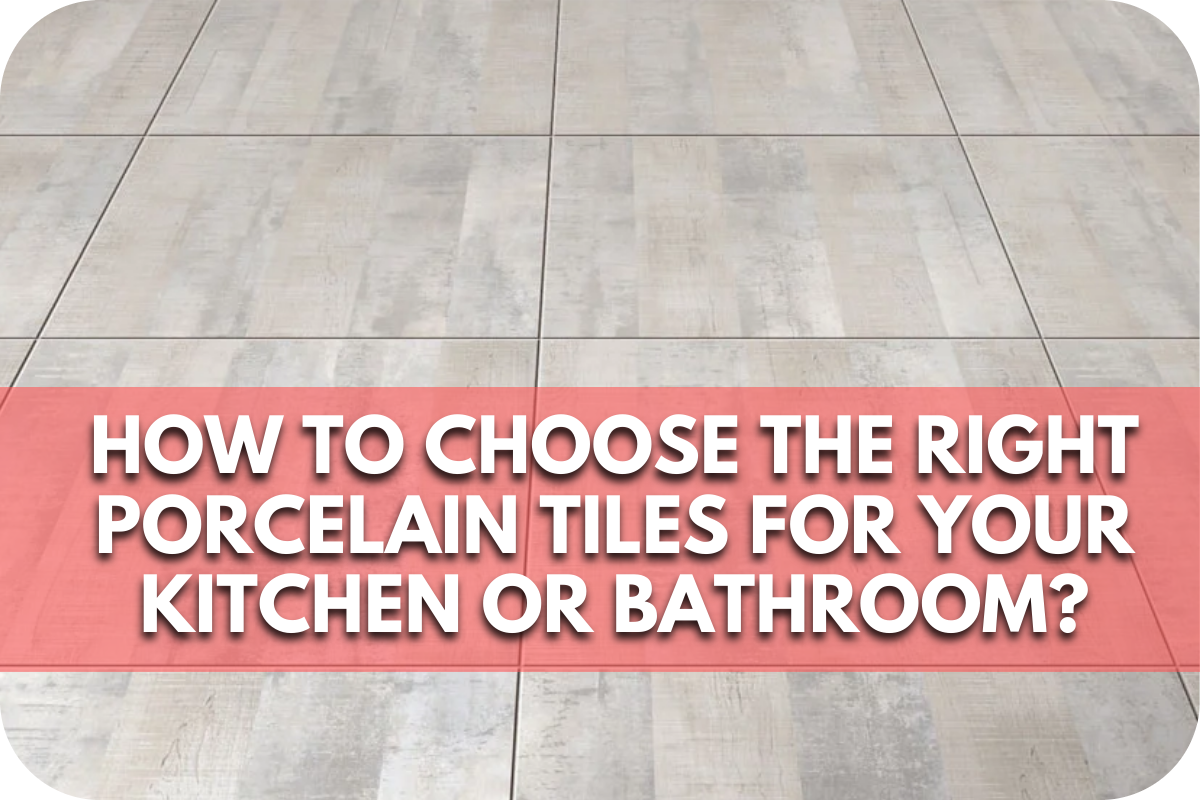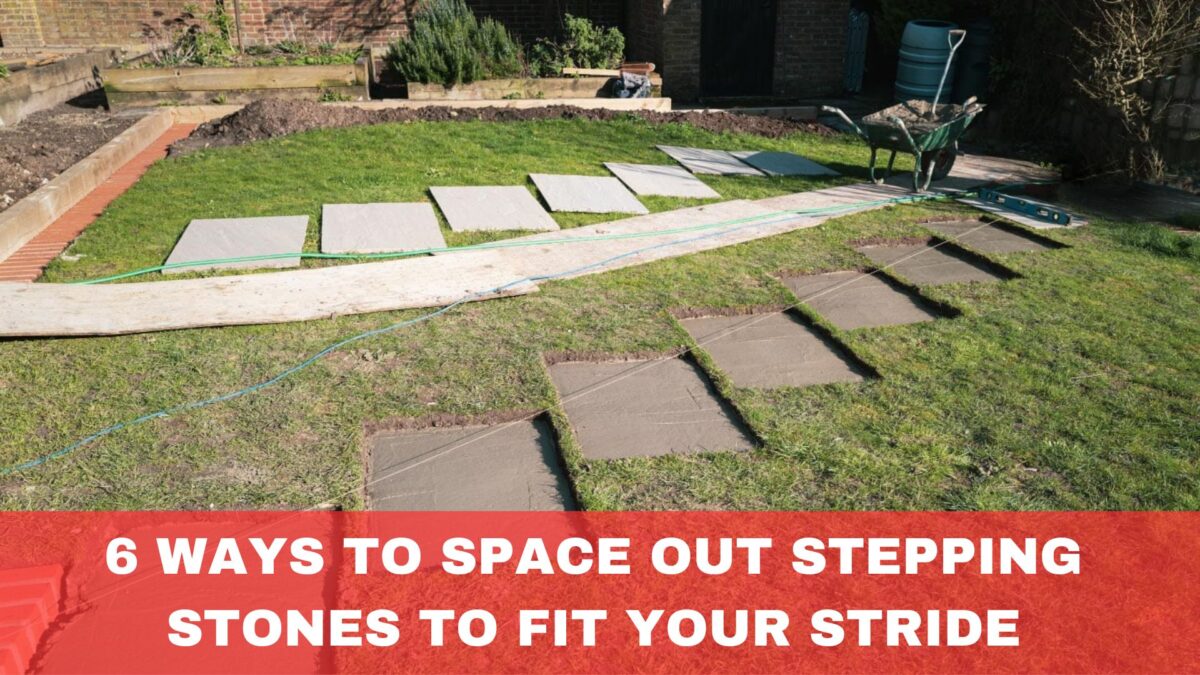Garden Pavers Ideas: 2024 Edition
Is your garden tired and uninspired? Dull, outdated pavers can detract from the beauty of your outdoor space, making it less inviting and functional.
Explore our 2024 edition of garden paver ideas for the latest trends, materials, and designs to revitalise your garden and create a stunning, welcoming environment.
Trending Materials for Garden Pavers in 2024
In 2024, garden pavers continue to evolve, focusing on sustainability, durability, and aesthetic appeal. Here are the trending materials shaping outdoor spaces:
1. Natural Stone Pavers
Natural stone pavers, renowned for their timeless beauty and durability, remain a top choice. Granite offers unparalleled strength, while limestone exudes elegance. Sandstone, with its warm hues and natural textures, adds a touch of rustic charm to garden pathways and patios.
2. Concrete Pavers
Concrete pavers have reentered the market, and technological advancements have allowed various design options. From sleek and modern to rustic and textured, concrete pavers offer versatility and affordability. Innovative finishes and colour choices enable homeowners to create custom looks that suit their style.
3. Porcelain Pavers
Porcelain pavers are gaining popularity for their exceptional durability and aesthetic appeal. Resistant to stains, scratches, and fading, porcelain pavers maintain their beauty even in harsh outdoor conditions. With various colours, patterns, and textures available, homeowners can achieve the look of natural stone or wood without maintenance.
4. Eco-Friendly Pavers
As sustainability becomes increasingly essential, eco-friendly pavers are in high demand. Materials such as recycled glass, reclaimed wood, and permeable concrete help reduce environmental impact while enhancing the beauty of outdoor spaces.
Permeable pavers allow rainwater to infiltrate the ground, reducing runoff and replenishing groundwater supplies.
Popular Garden Paver Designs and Patterns
In 2024, garden paver designs and patterns offer endless possibilities to enhance outdoor spaces. Here are some popular options:
1. Herringbone Pattern
The herringbone pattern, characterised by its distinctive V-shaped arrangement, adds visual interest and a sense of movement to garden pathways and patios. This pattern is achieved by laying pavers at a 45-degree angle, creating a timeless, sophisticated look that complements traditional and contemporary landscapes.
2. Basket Weave Pattern
The basket weave pattern mimics the interwoven appearance of a basket and adds texture and depth to garden surfaces. To achieve this look, alternating sets of pavers are laid horizontally and vertically, creating a visually striking pattern that enhances the aesthetic appeal of outdoor areas.
3. Running Bond Pattern
The running bond pattern is a classic and versatile option for garden pavers. Pavers are laid in a staggered, brick-like formation, with each row offset from the previous one. This simple yet effective pattern creates a sense of continuity and flow, making it ideal for pathways, driveways, and patio areas.
4. Circular Pattern
Circular patterns are ideal for creating focal points and defining gathering areas in the garden. Pavers are arranged in concentric circles or radiating arcs, drawing the eye towards central features such as fire pits, seating areas, or garden sculptures. This pattern adds visual interest and creates a sense of symmetry and balance in outdoor spaces.
Creative Ideas for Using Garden Pavers
Garden pavers are more than just practical pathways—they’re a canvas for creativity. Whether you’re looking to craft a charming garden nook, define outdoor spaces with style, or add a touch of artistry to your landscape, pavers offer endless possibilities.
Dive into these innovative ideas to transform your garden from ordinary to extraordinary with the versatile elegance of garden pavers.
1. Pathways and Walkways
Garden pavers are ideal for creating well-defined pathways and walkways, enhancing navigation and adding structure to your garden.
Various patterns, such as herringbone or running bond, can create visual interest while guiding visitors through your landscape.
Choosing natural stone or eco-friendly pavers can blend seamlessly with your garden’s aesthetic, creating a cohesive look.
2. Patio and Seating Areas
Transform your outdoor space into a cosy retreat using garden pavers to create inviting patios and seating areas. Pavers provide a durable and attractive surface for outdoor furniture, fire pits, and lounge areas.
Consider using different paver colours and textures to define separate zones within your patio, enhancing functionality and visual appeal.
3. Borders and Edging
Garden pavers are perfect for defining garden beds, lawns, and pathways. Using pavers as borders and edging helps maintain clean lines and prevents soil erosion.
They also create a polished look, enhancing the overall design of your garden. For a harmonious appearance, choose pavers that complement the colours and materials used in other areas of your garden.
4. Steps and Staircases
Add elevation and interest to your garden with steps and staircases made from garden pavers. Pavers provide a stable and attractive solution for navigating sloped areas, creating a sense of depth and dimension in your landscape.
Using pavers with a textured surface can improve traction and safety, especially in wet conditions.
5. Pool Decks
Garden pavers are an excellent choice for pool decks, offering safety, style, and practicality. Non-slip surfaces and heat-resistant materials make pavers ideal for poolside areas, providing a comfortable and secure environment.
Selecting pavers in complementary colours can enhance the aesthetic appeal of your pool area, creating a cohesive look that ties in with the rest of your garden.
6. Outdoor Kitchens & Dining Areas
Elevate your outdoor entertainment space by using garden pavers to create stylish and functional outdoor kitchens and dining areas.
Pavers provide a durable foundation for grills, countertops, and dining tables, ensuring your outdoor kitchen remains beautiful and practical. Consider using large-format pavers for a modern, seamless look that enhances the overall ambience.
Choosing the Right Pavers for Your Melbourne Garden
Choosing the right pavers for your Melbourne garden involves several key considerations to ensure durability, aesthetic appeal, and cost-effectiveness.
1. Climate Considerations
Melbourne’s weather can vary, with hot summers and wet winters. Select pavers that can withstand these conditions.
Natural stone pavers, like granite and sandstone, are highly durable and weather-resistant, making them ideal for Melbourne’s climate.
Porcelain pavers are also a great choice due to their low water absorption and resistance to cracking in extreme temperatures.
2. Maintenance & Longevity
Different materials require varying levels of maintenance. Natural stone pavers are generally low-maintenance, needing occasional sealing to maintain their appearance.
Concrete pavers are durable but may require periodic cleaning to prevent staining. Porcelain pavers, due to their non-porous nature, are almost maintenance-free. When choosing your pavers, consider how much time and effort you will invest in upkeep.
3. Budget-Friendly Options
Creating a beautiful garden doesn’t have to be expensive. Concrete pavers offer an affordable option without sacrificing style and are available in numerous designs and finishes.
Eco-friendly pavers, made from recycled materials, are another cost-effective choice that benefits the environment.
When planning your garden, consider a mix of premium and budget-friendly pavers to achieve a stunning look without overspending.
Combining Garden Pavers with Other Landscaping Elements
Combining garden pavers with other landscaping elements can transform your outdoor space into a cohesive and visually appealing environment.
Here are some key ways to integrate pavers with greenery, water features, lighting, and garden furniture:
1. Greenery and Plants
Garden pavers provide a beautiful contrast to the lushness of plants and greenery. When selecting plants, consider their colour, texture, and height to create a harmonious balance with the pavers.
Low-growing ground covers can soften the edges of pathways, while taller shrubs and flowers can create focal points along the borders.
Using pavers to create raised beds or planter boxes adds structure and variety to your garden design, making the greenery stand out.
2. Water Features
Integrating water features such as fountains, ponds, or small streams can enhance your garden’s tranquillity and aesthetic appeal.
Pavers can be used to create pathways leading to these water features or as edging around ponds to define the space.
The flowing water and solid pavers create a pleasing contrast that adds visual and auditory interest to your landscape.
3. Lighting
Outdoor lighting is essential for highlighting garden pavers and ensuring safety during evening hours. Consider installing low-voltage landscape lighting along pathways, seating areas, and near water features.
Solar-powered lights are an eco-friendly option that can be easily installed. Uplighting can accentuate the texture and colour of the pavers, while downlighting can illuminate walking paths and create a welcoming atmosphere.
4. Garden Furniture
Coordinating garden pavers with outdoor furniture enhances the functionality and comfort of your outdoor spaces. Choose furniture that complements the style and colour of your pavers.
For example, wrought iron furniture pairs well with classic stone pavers, while modern metal or wooden furniture can match contemporary porcelain or concrete pavers.
Arranging furniture on a paved patio creates defined dining, lounging, and socialising areas, making your garden versatile and inviting.
Conclusion
In 2024, garden pavers offer endless possibilities for enhancing your outdoor space. From versatile designs to eco-friendly options, there’s something for every garden.
Explore and experiment with these ideas, and visit Splendour In Stone for more inspiration and high-quality products. Transform your garden into a stunning retreat today!

